Answered step by step
Verified Expert Solution
Question
1 Approved Answer
Based on this PDF For the exclusive use of A. Okoba, 2023. Richard Ivey School of Business The University of Western Ontario IVEy 905M59 GENERAL
Based on this PDF
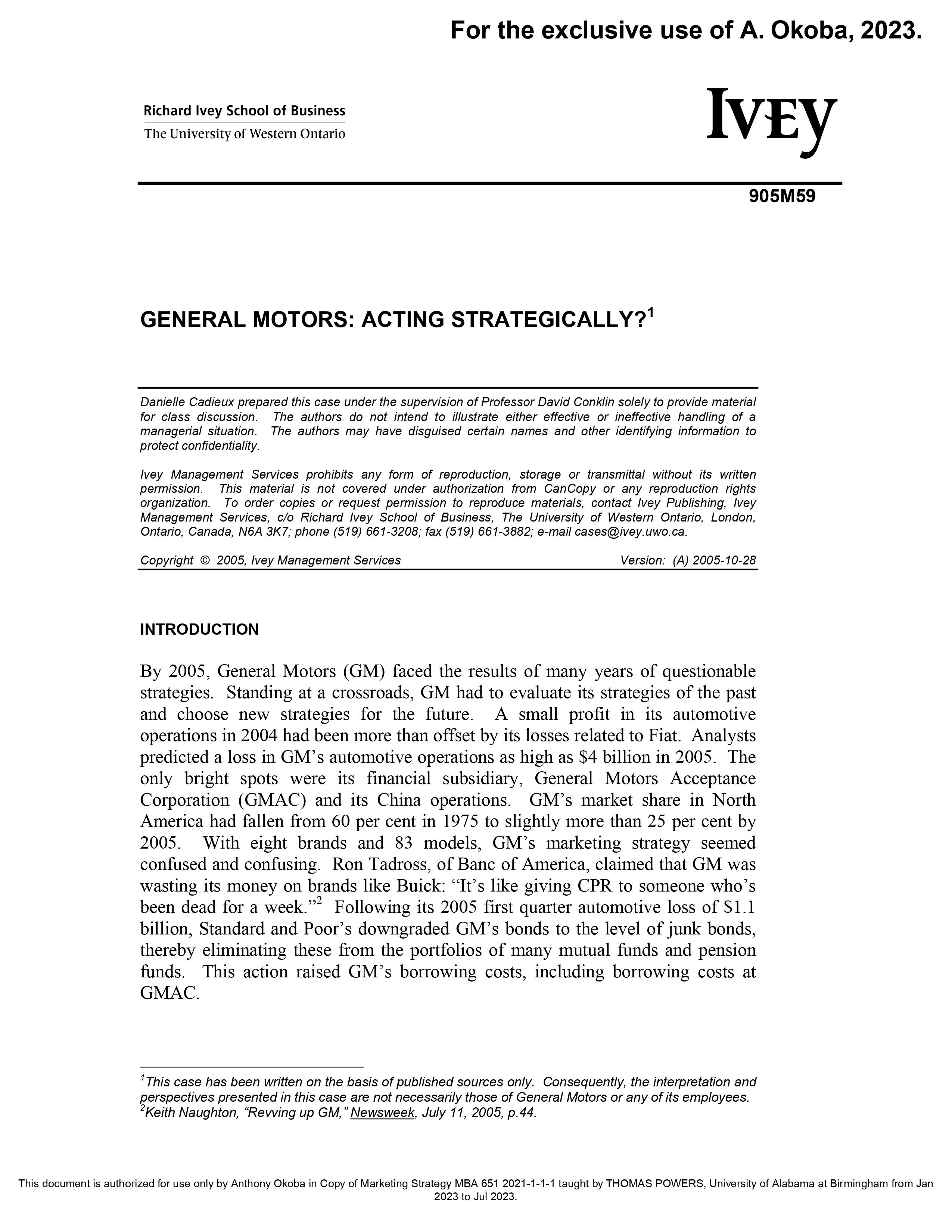

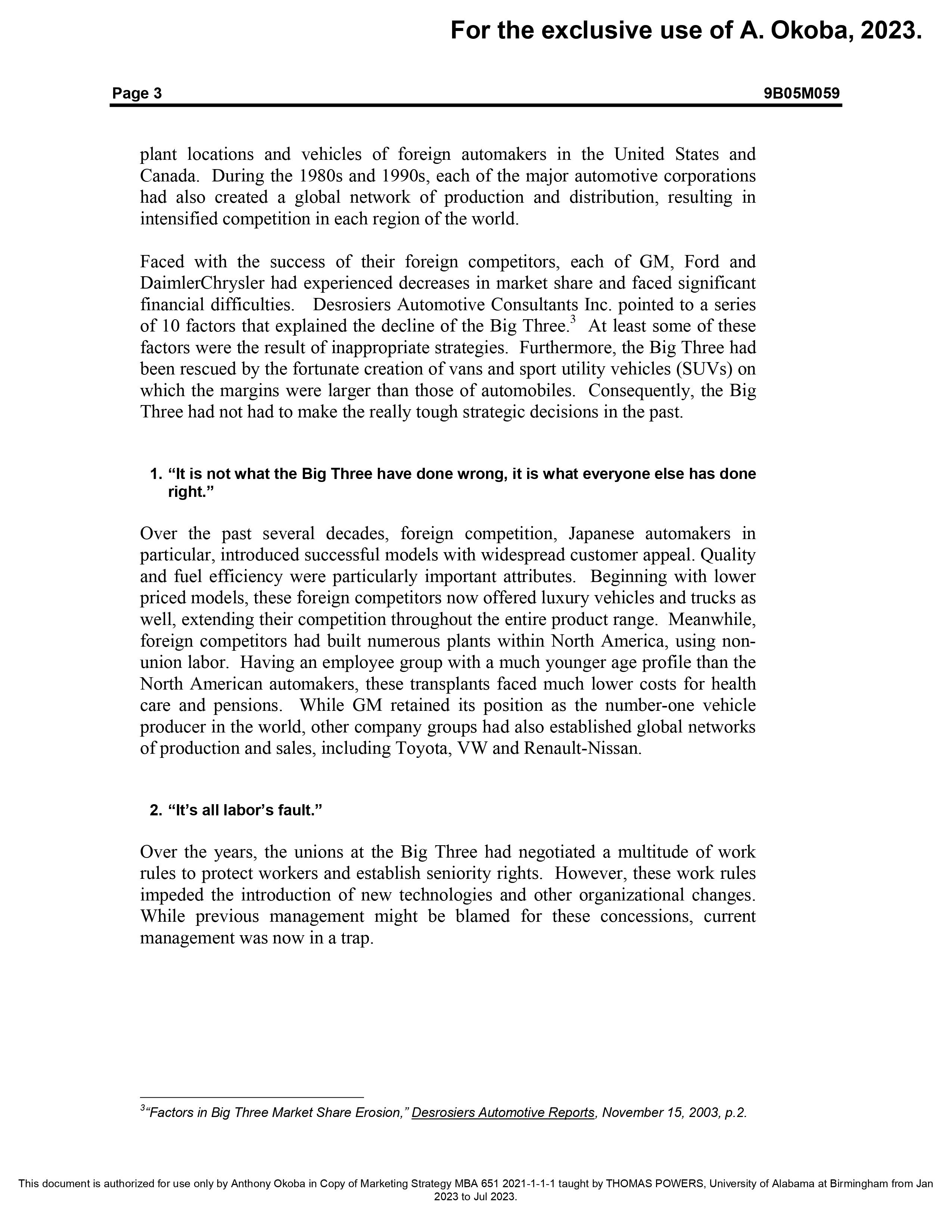
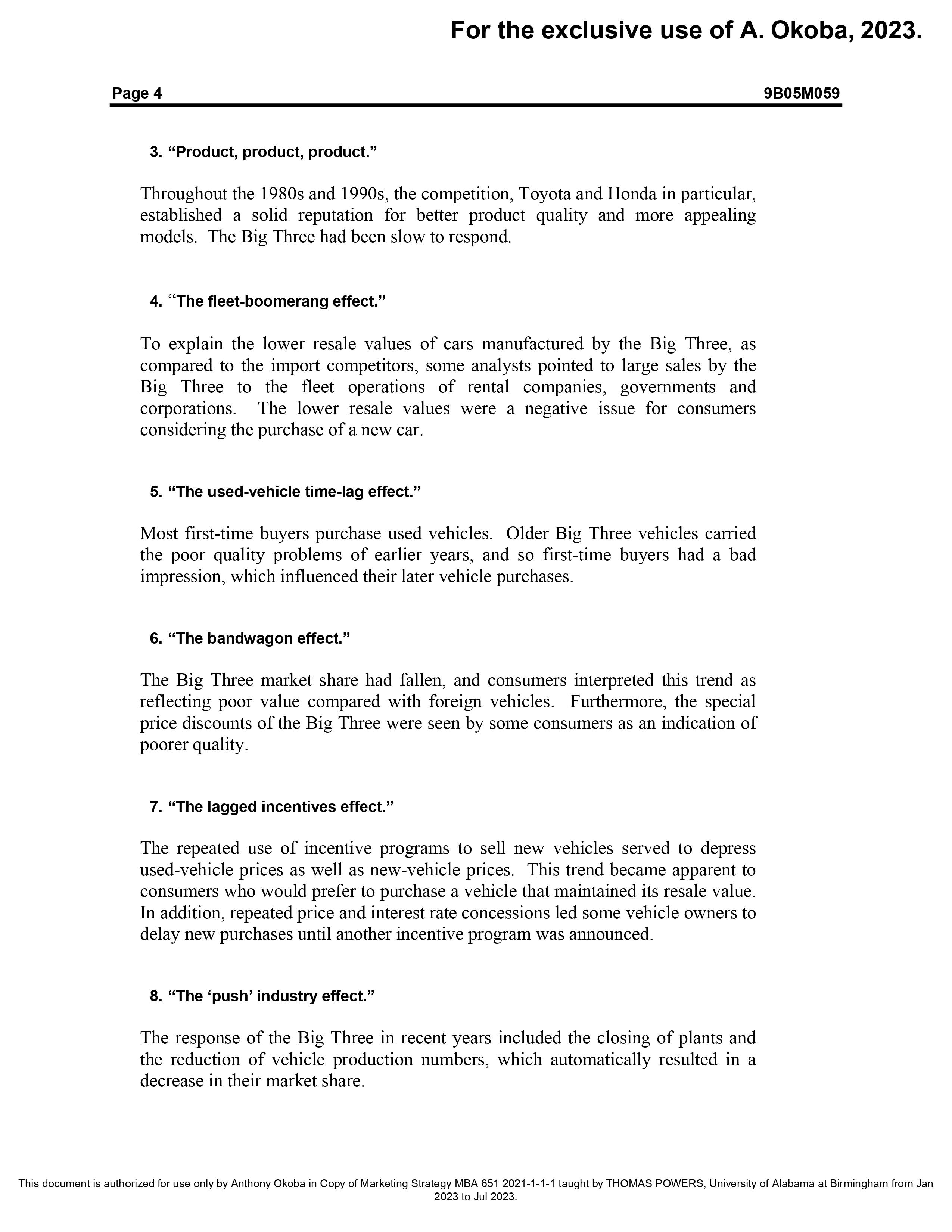
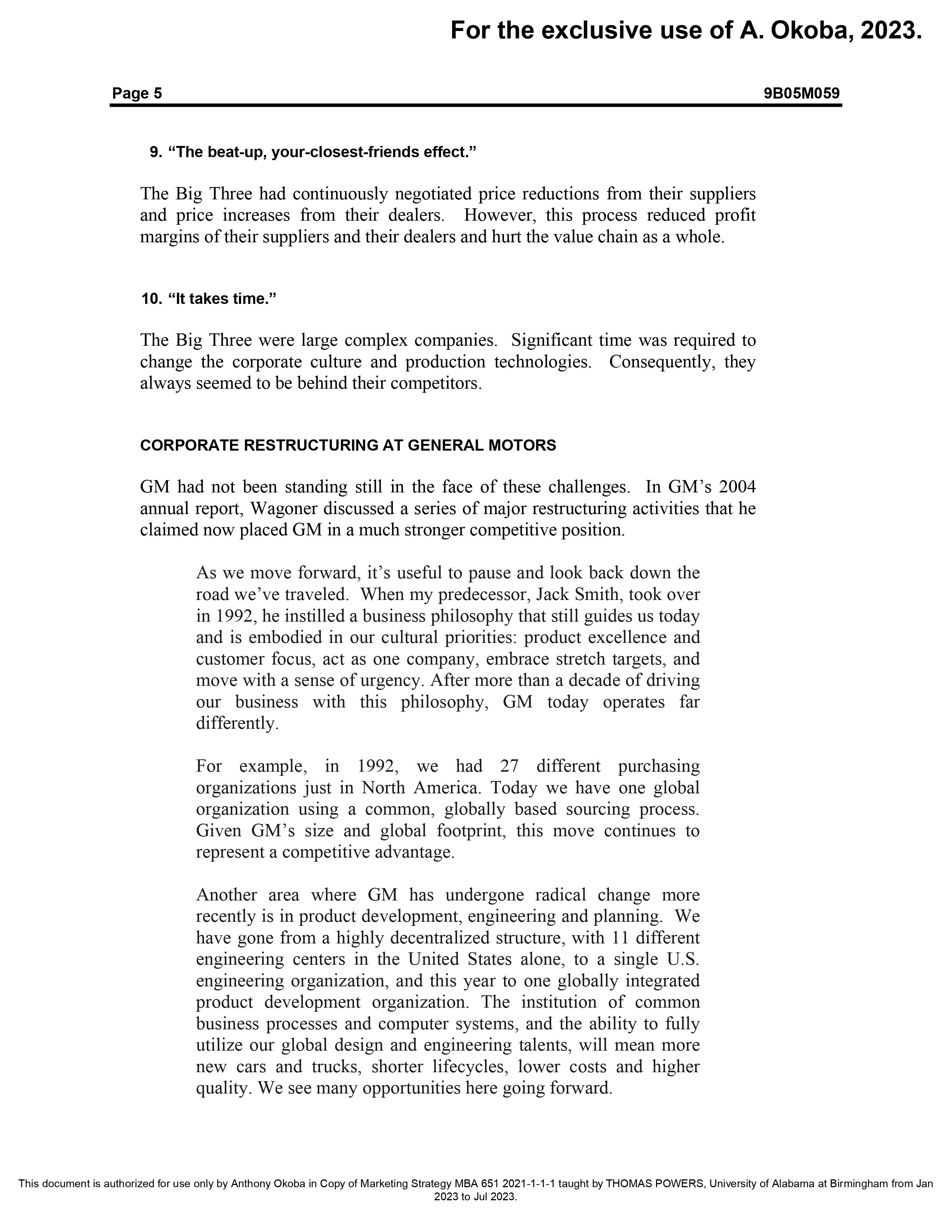
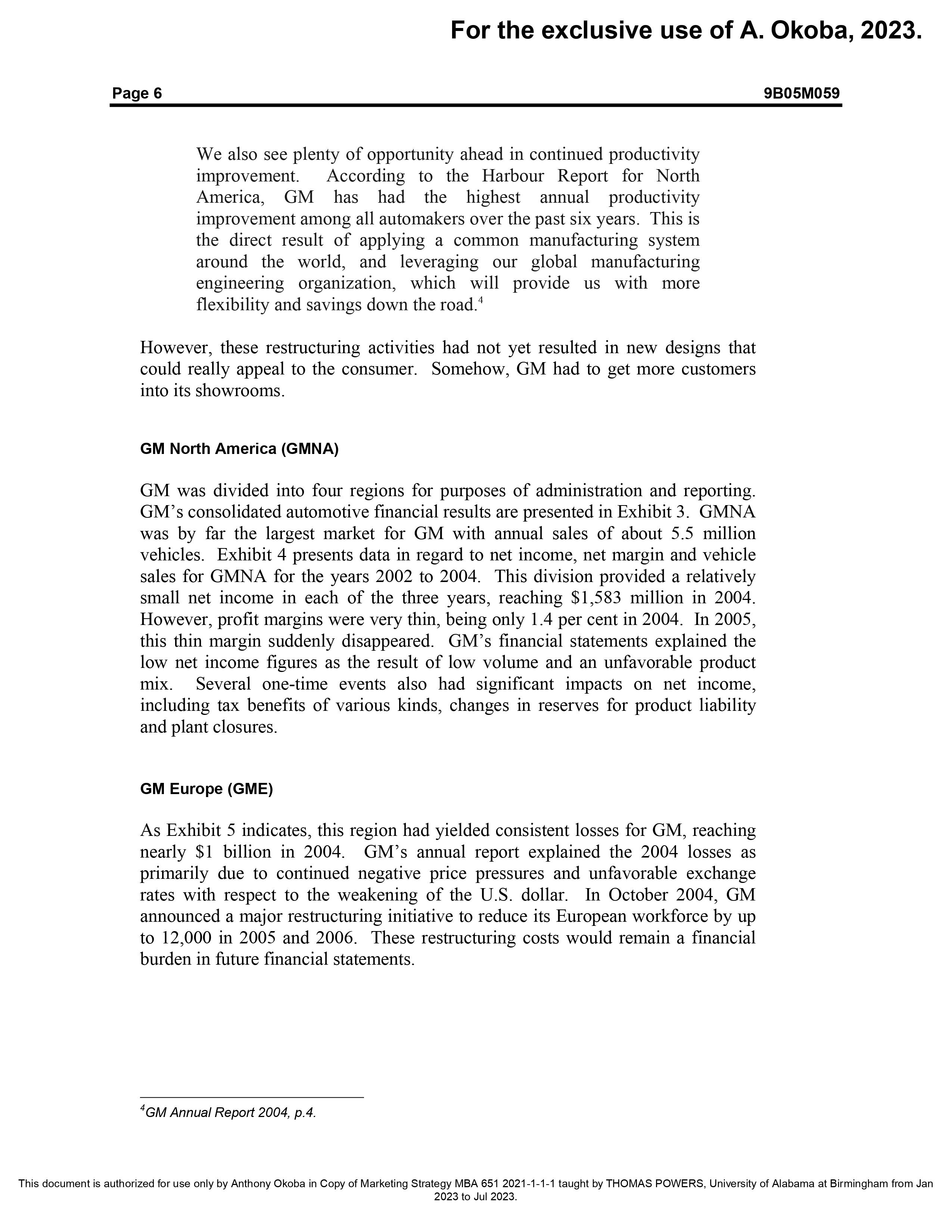
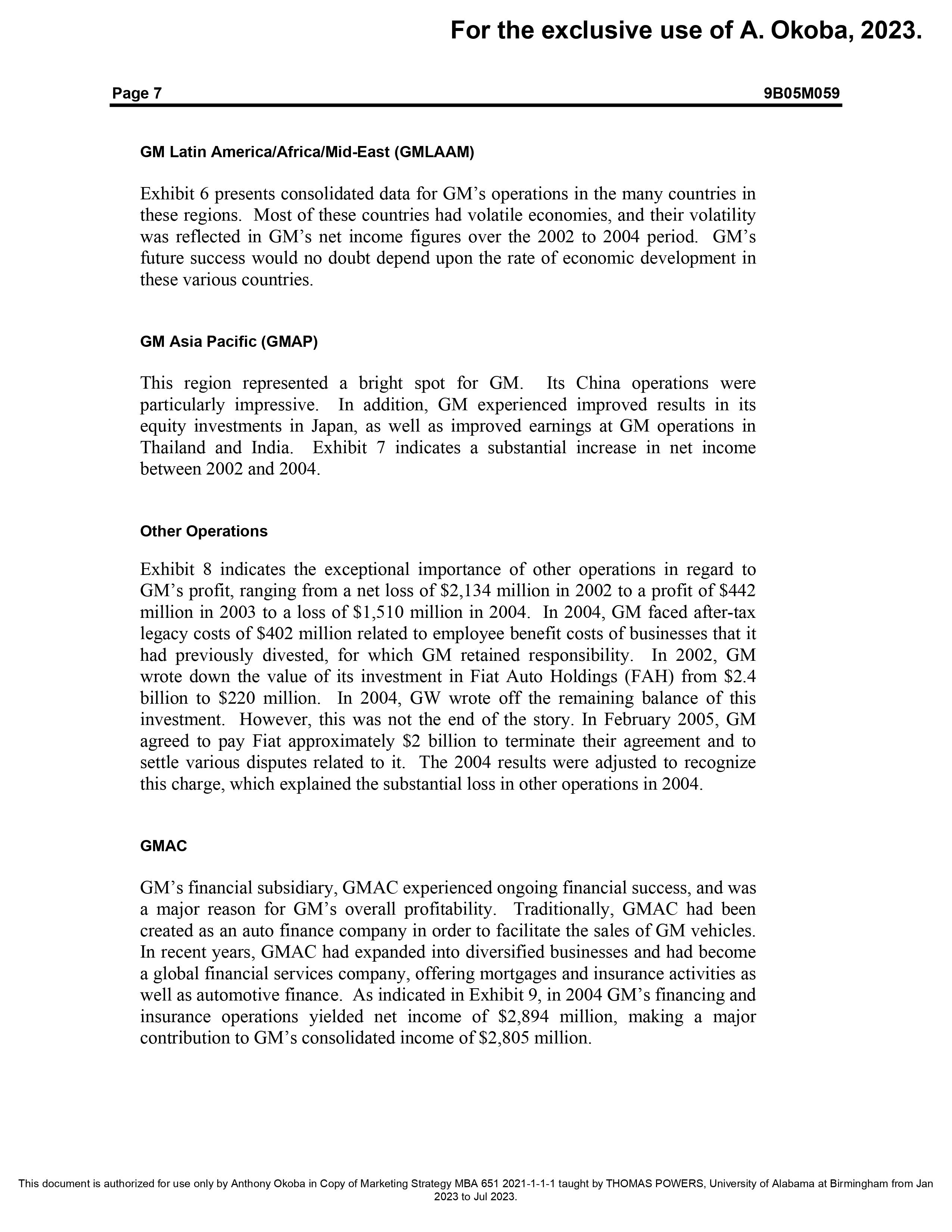

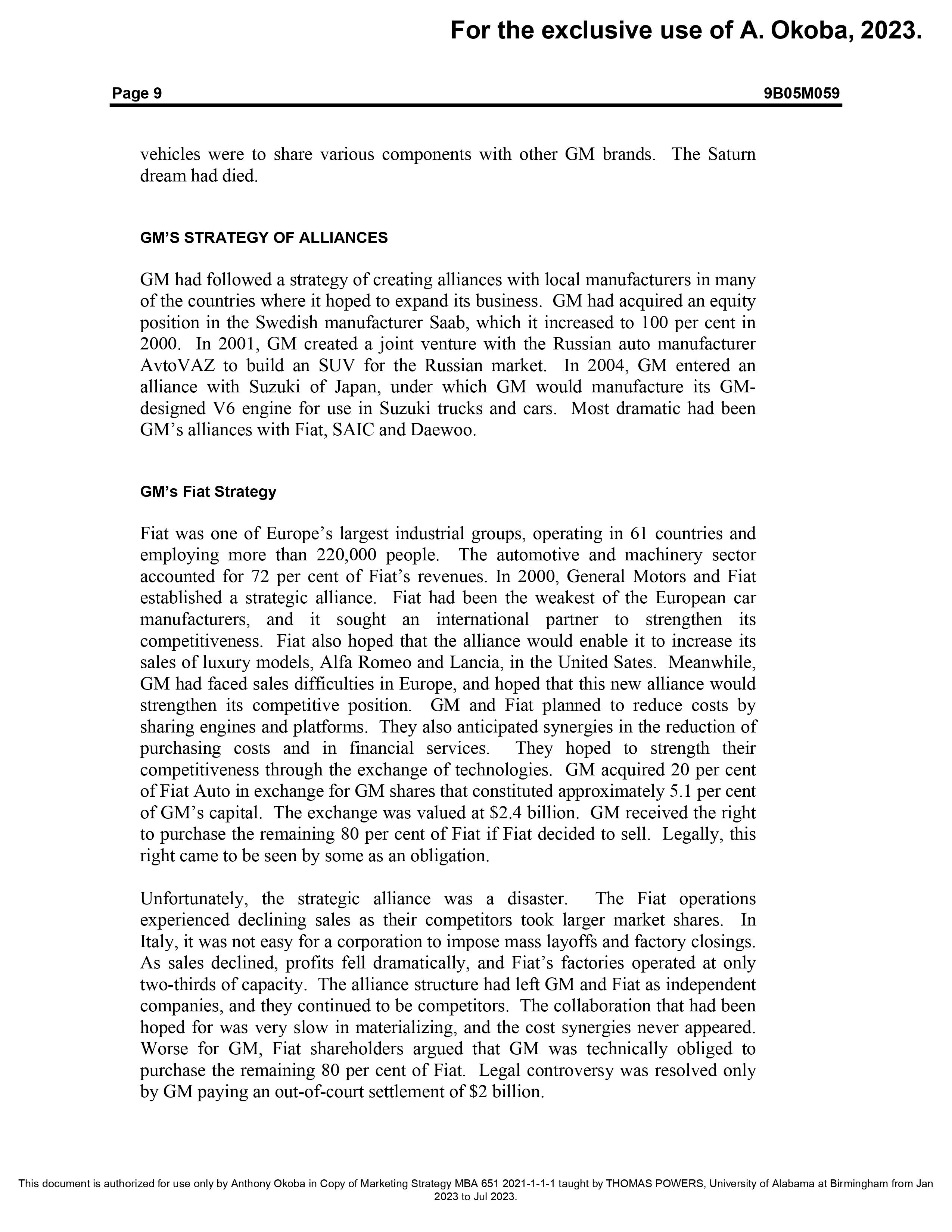
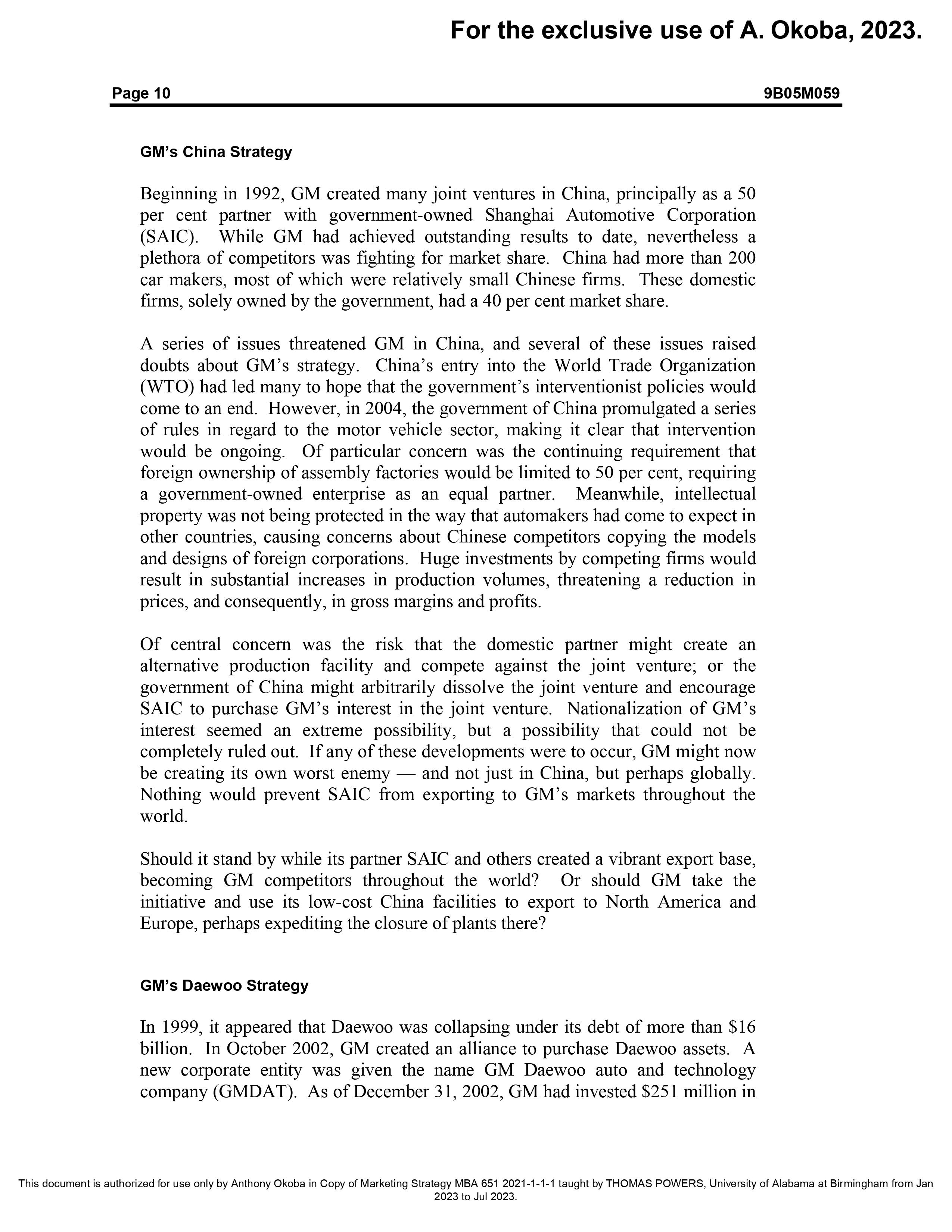

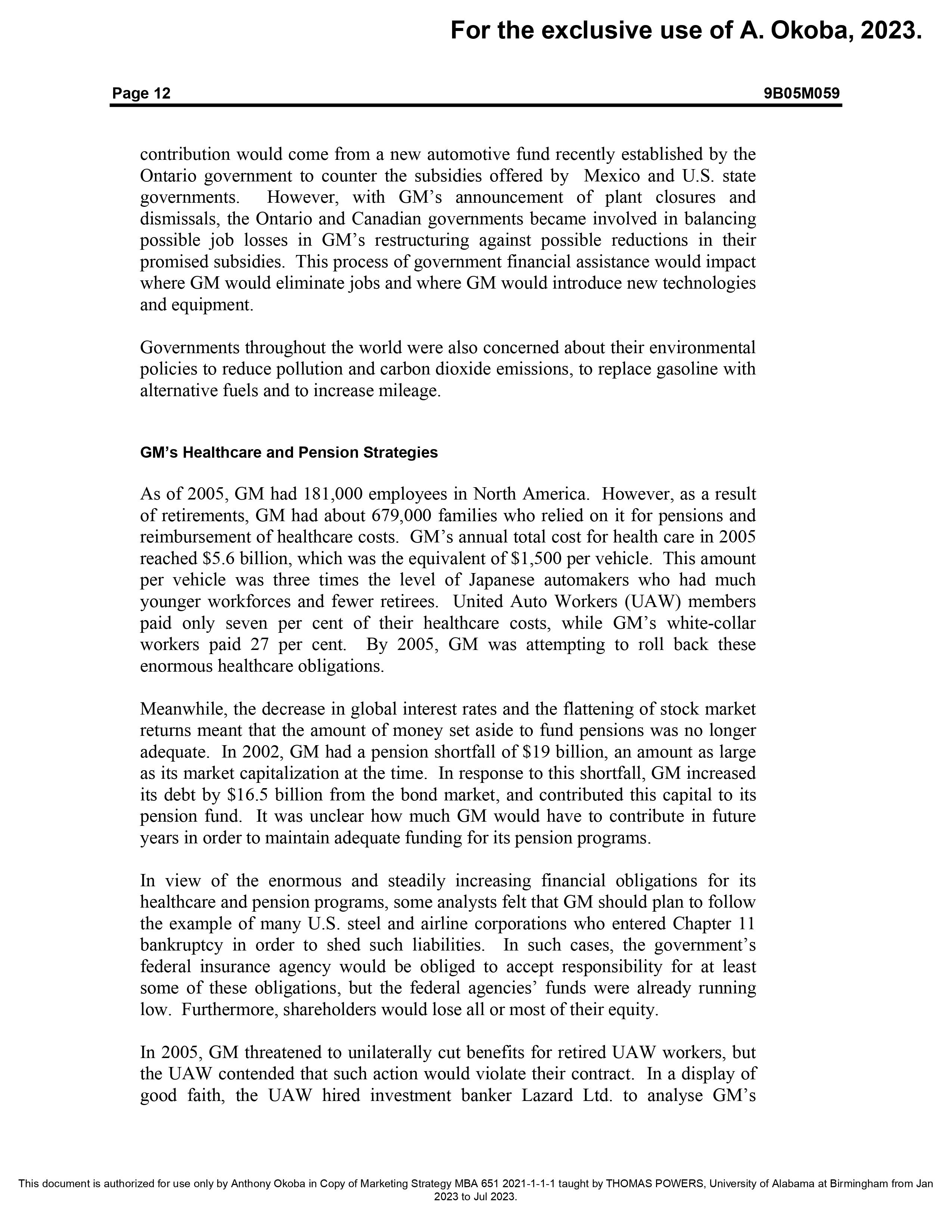
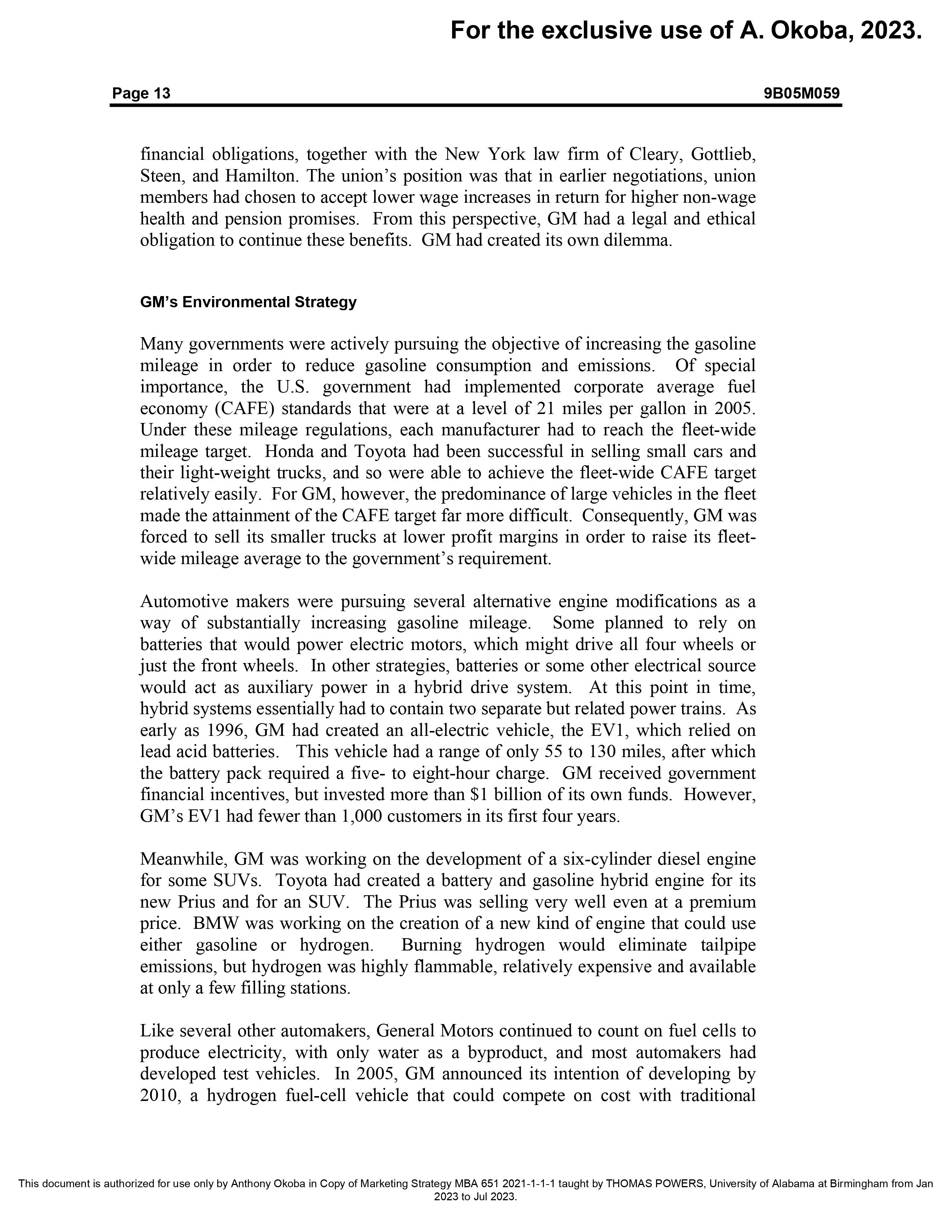


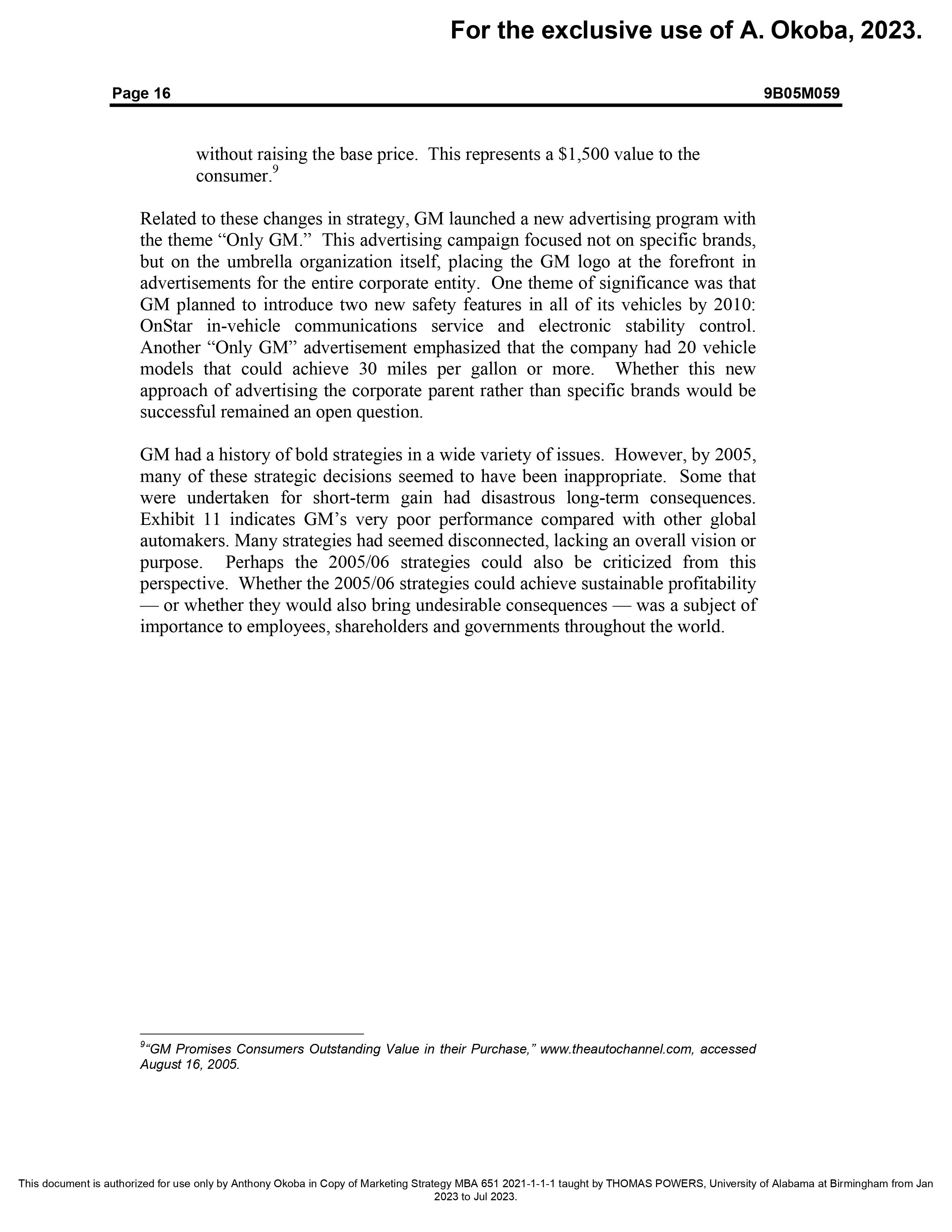
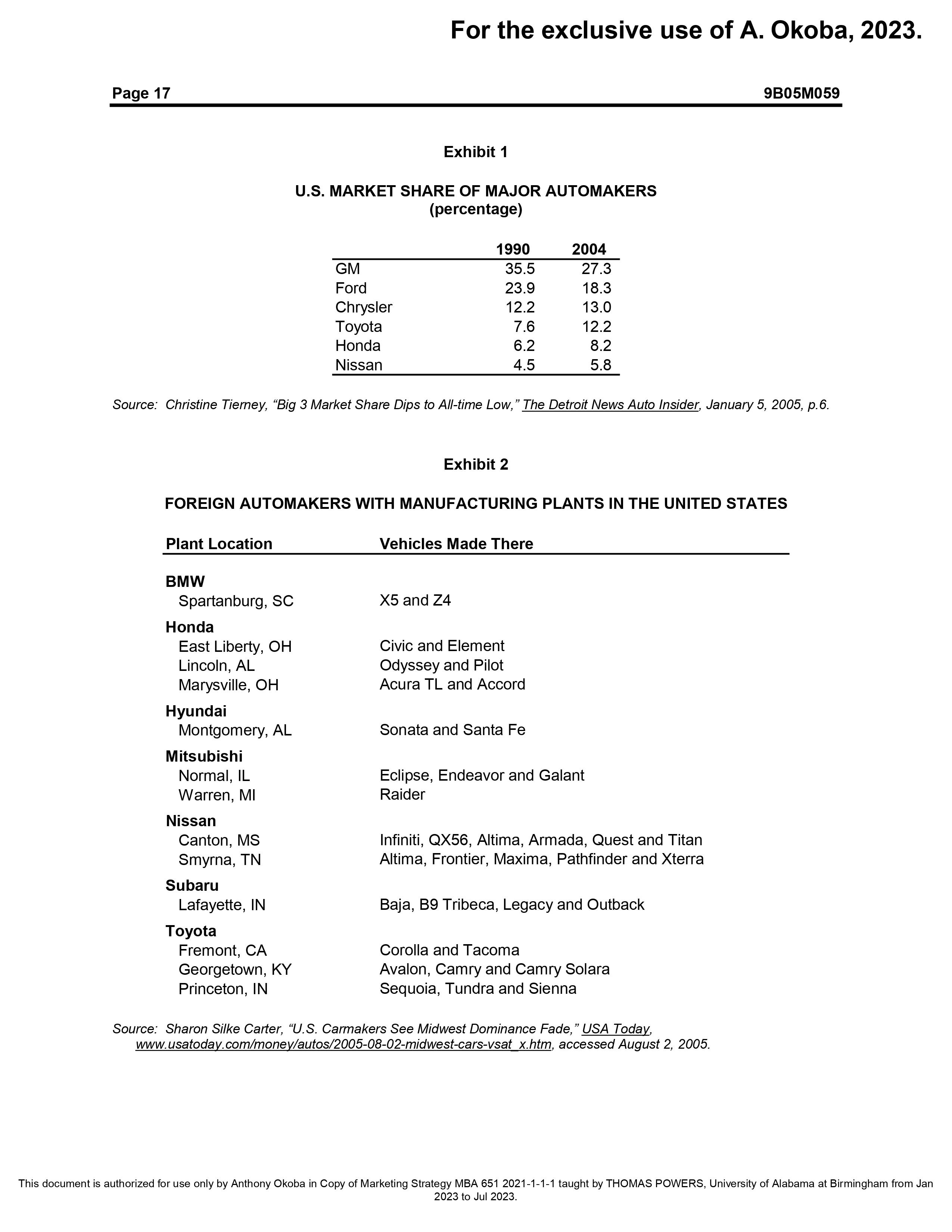
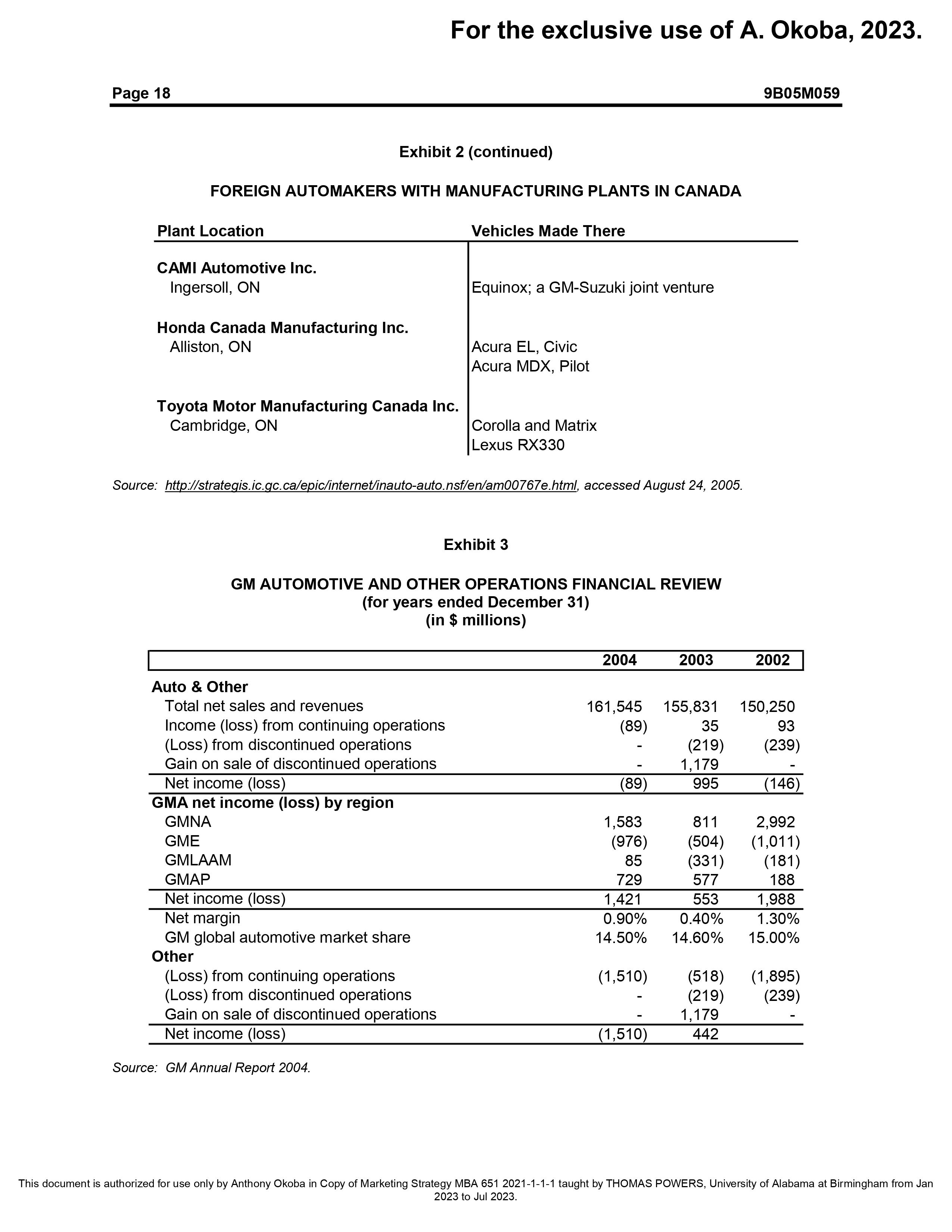
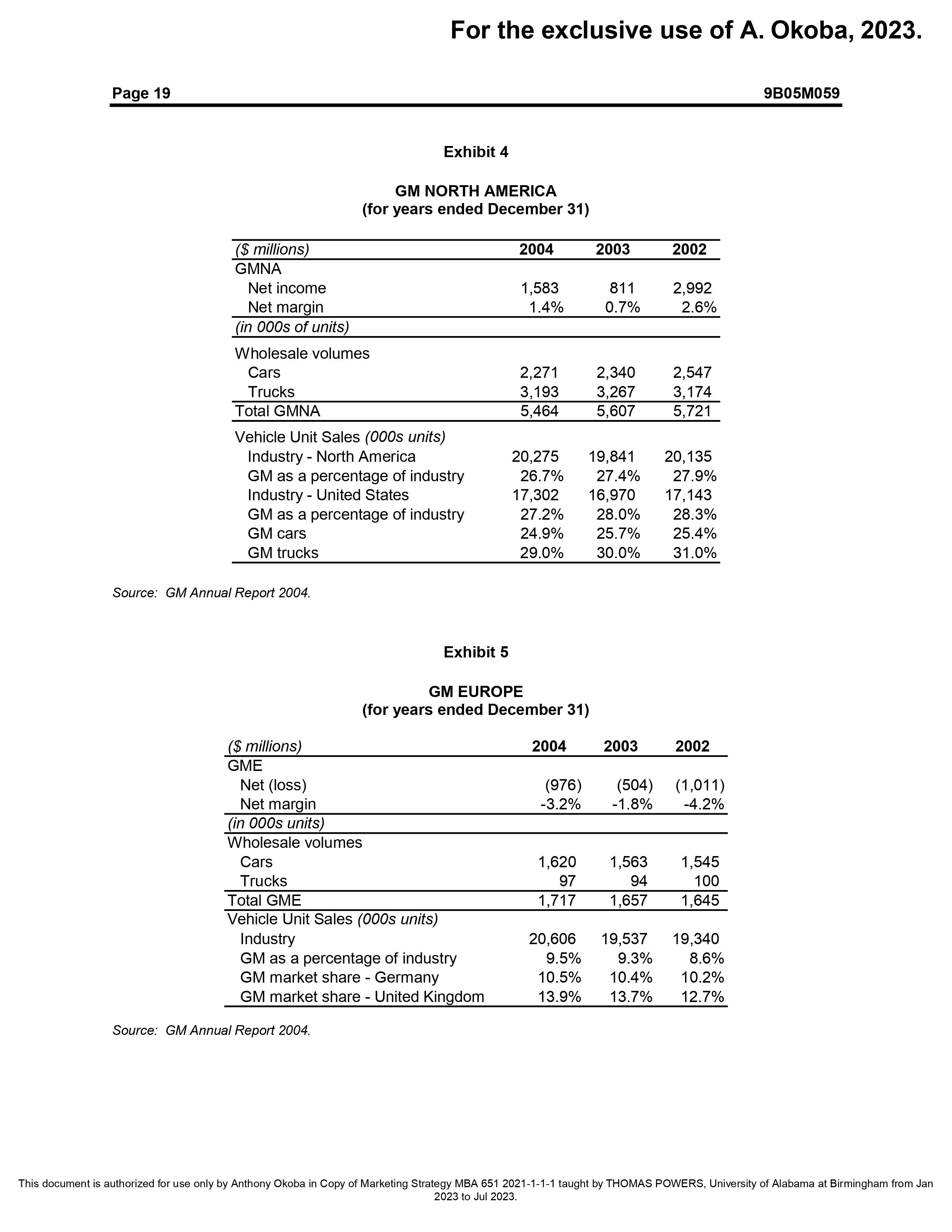

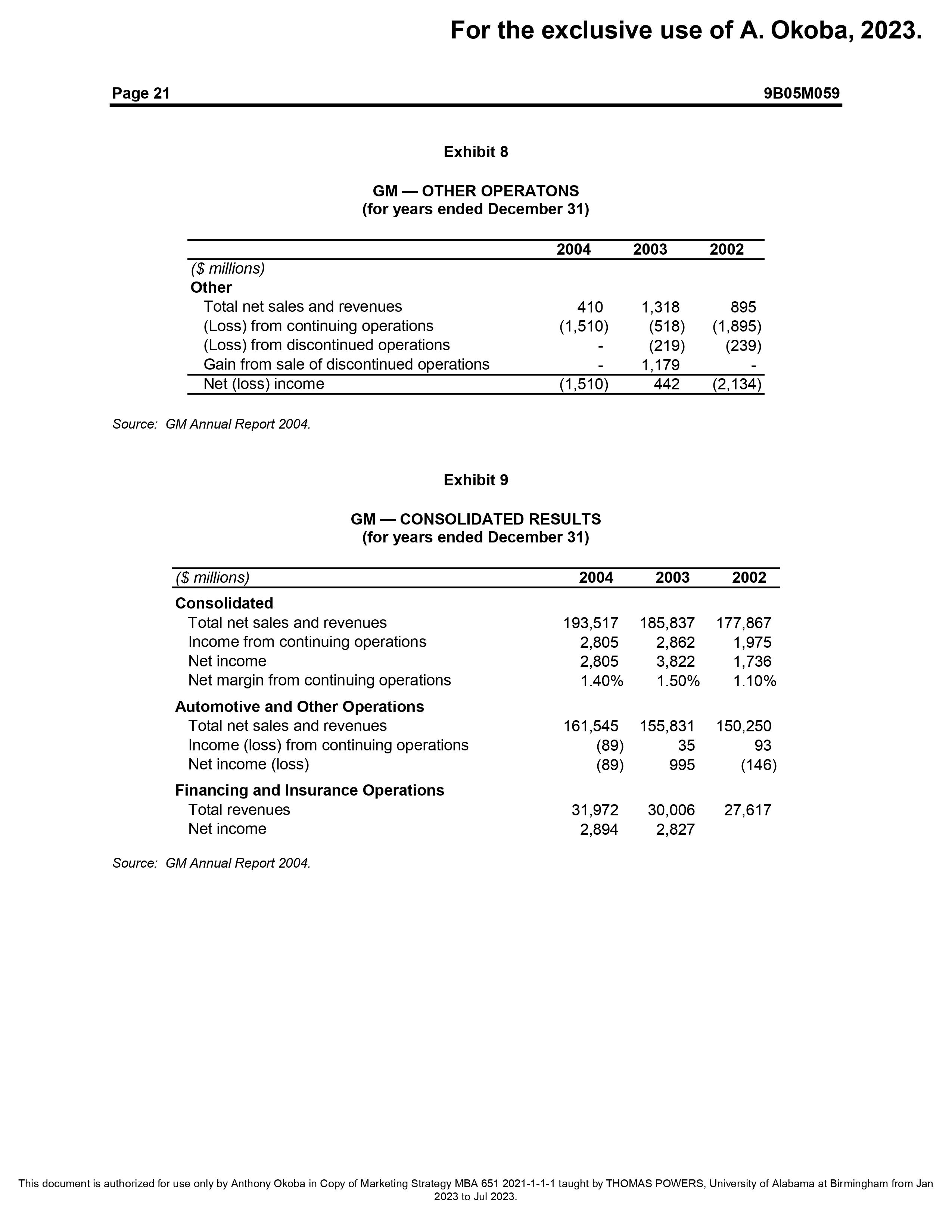
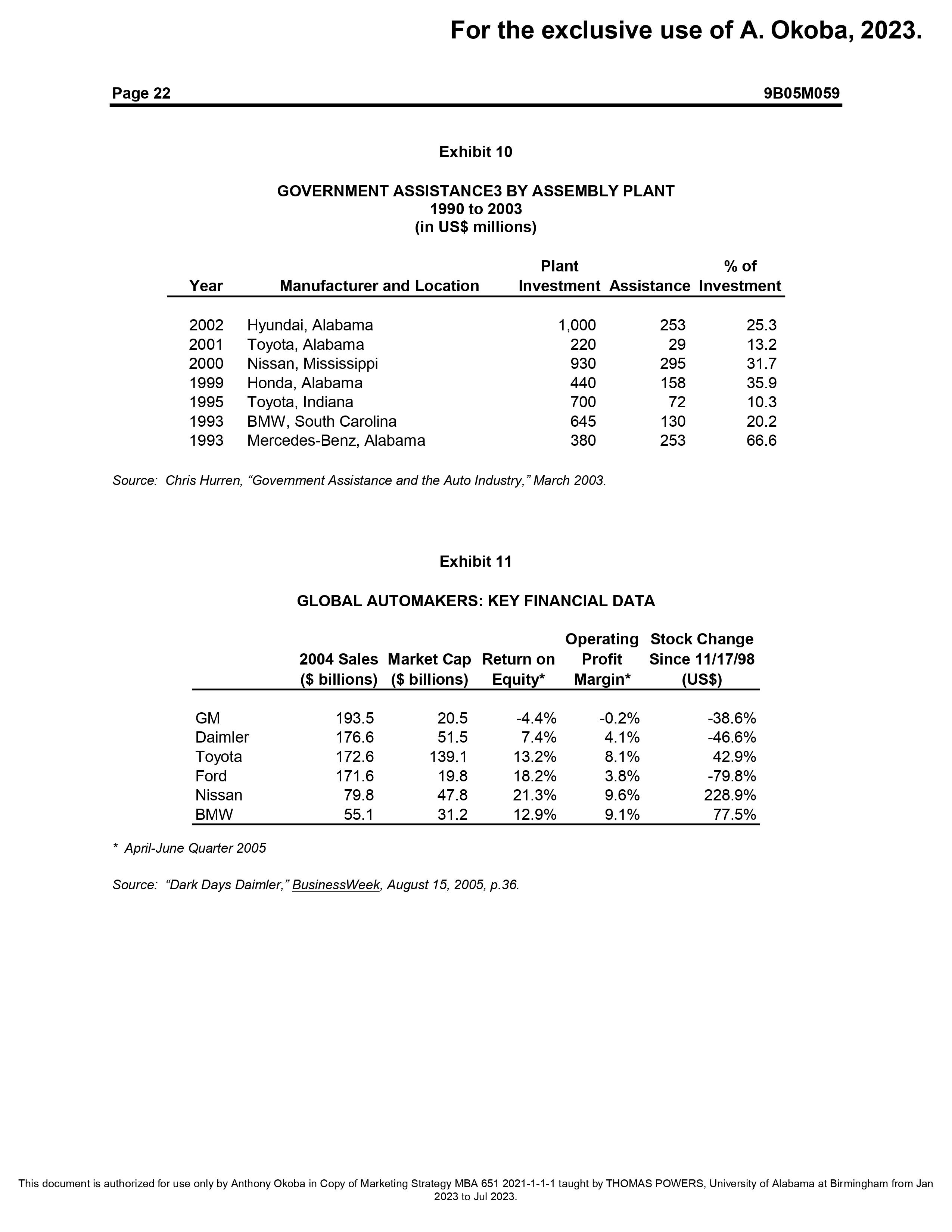
Step by Step Solution
There are 3 Steps involved in it
Step: 1

Get Instant Access to Expert-Tailored Solutions
See step-by-step solutions with expert insights and AI powered tools for academic success
Step: 2

Step: 3

Ace Your Homework with AI
Get the answers you need in no time with our AI-driven, step-by-step assistance
Get Started


